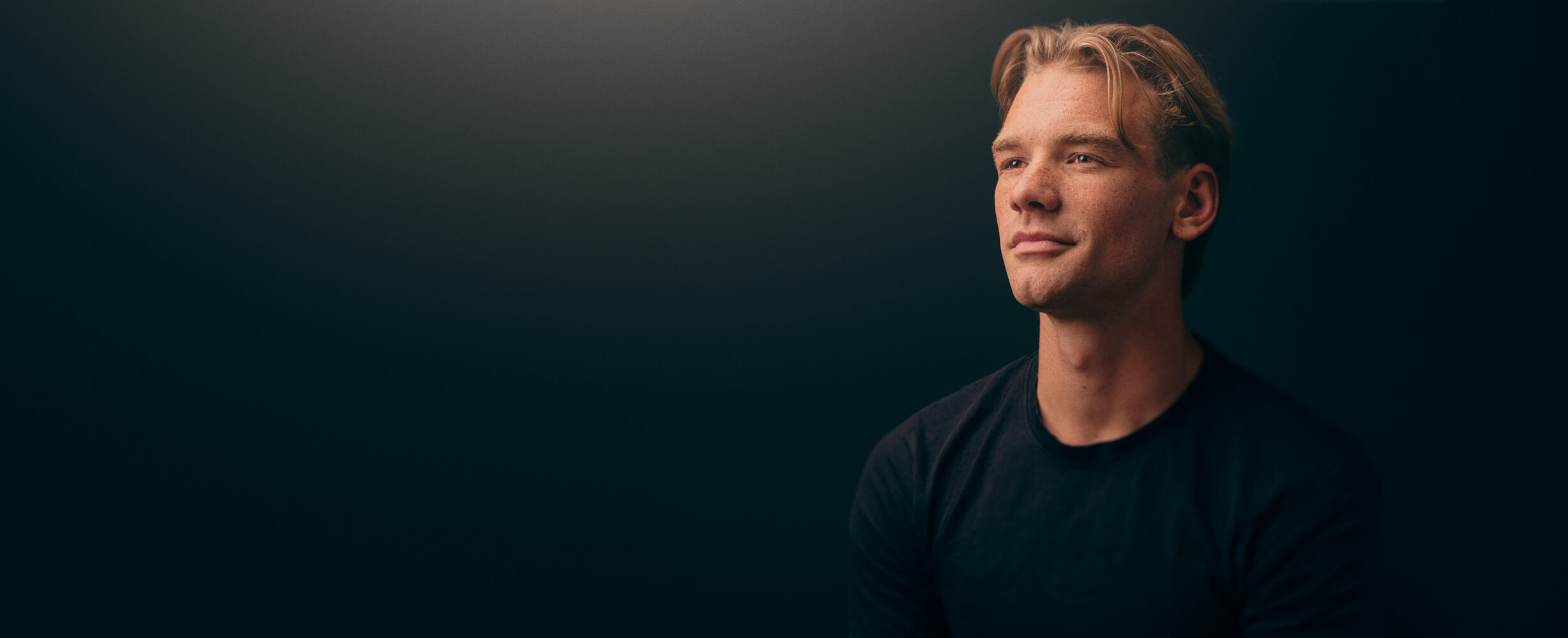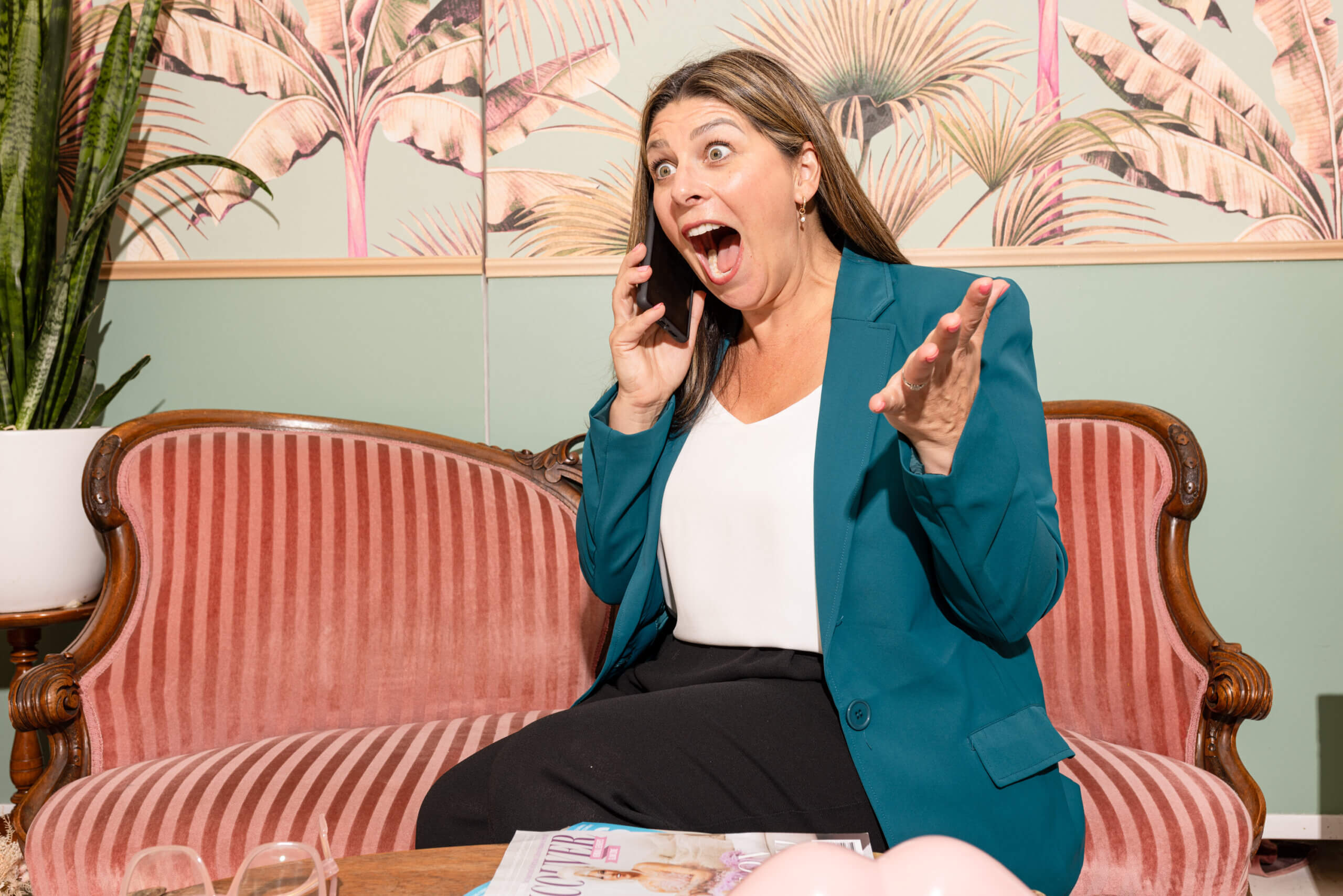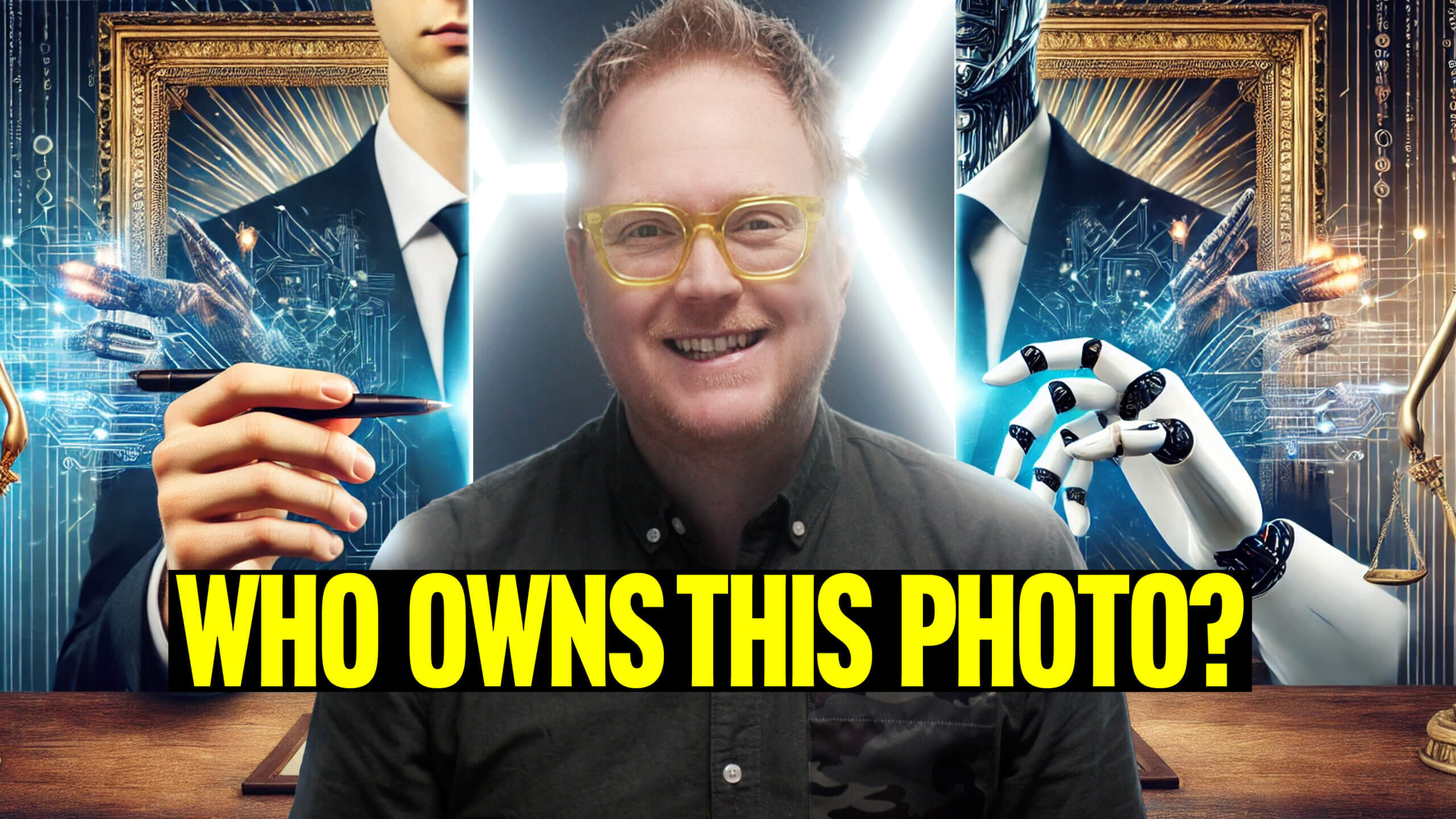AI Headshots and AI Photo Maker – What You Need to Know
What you NEED to know about Ai Headshots and Ai Photo Makers. The rise of artificial intelligence (AI) has revolutionized many industries, including photography and content creation. Companies are turning to AI tools for headshots, videos, and branded content. While these tools offer convenience and affordability, they come with complex questions about intellectual property (IP) rights. This article will explore the critical aspects of AI-generated content ownership and why hiring human creators might still be the best choice.
Make sure to seek professional advice from a lawyer. I am not a lawyer and this is just a conversation about the implications that come with Ai Headshots and Ai Photo Makers.
What Are AI Headshots and AI Photo Makers?
AI headshot and photo maker tools allow users to generate professional-looking images with minimal effort. These platforms use algorithms to enhance selfies or create entirely new images. They promise consistent results at a fraction of the cost of hiring a photographer like myself.
For businesses, this can be an appealing option for tasks like creating matching headshots for staff. But before diving into these tools, it’s essential to understand the legal implications.
Who Owns AI-Generated Photos?
Ownership Depends on Jurisdiction
The laws governing AI-generated content vary by country. In the United States and Canada, copyright laws generally require human authorship. If AI generates the content without meaningful human input, it may not qualify for copyright protection. This means others could potentially use the content legally.
In the European Union, the laws are also unclear. Most jurisdictions do not yet have specific rules for AI-generated works. This uncertainty can lead to disputes over who owns the rights to AI-generated images.
Terms of Service Matter
Every AI platform has its own terms of service. These agreements determine who owns the output and how it can be used. Some platforms allow users to own the content they generate. Others may retain partial or full ownership of the content. Always read the terms of service carefully before using any AI tool.
The Role of Human Input
Human involvement can play a significant role in determining copyright eligibility. If a person provides detailed prompts, edits the AI-generated content, or combines it with other creative elements, they may have stronger claims to ownership. However, the level of human input required to secure copyright is still debated in legal circles.

Why Ownership Matters for Businesses
Protecting Intellectual Property
Businesses invest time and resources into building their brands. Losing control over AI-generated content could lead to significant risks. For instance, if your company uploads staff selfies to an AI tool for headshots, the platform might own those images. This could result in others using your company’s branded visuals without permission.
Avoiding Legal Disputes
Legal battles over IP rights can be costly and time-consuming. By understanding the ownership rules upfront, businesses can avoid disputes. If the terms of an AI platform are unclear, consult a legal expert to ensure your rights are protected.
The Case for Hiring Human Creators
Simplifying IP Ownership
When you hire a human photographer or designer, ownership terms are straightforward. Businesses can negotiate copyright transfers as part of the contract. This ensures the company has full control over the images and videos created.
Building Trust and Relationships
Human creators bring a personal touch to their work. They understand your brand’s unique needs and can tailor their approach accordingly. This collaboration often leads to higher-quality content that resonates with your audience.
Supporting Creativity and Jobs
By hiring human creators, businesses support the creative industry. This helps preserve jobs and encourages innovation in photography, design, and other fields. AI tools are useful, but they cannot replace the emotional and creative depth that humans bring to their work.

Key Considerations When Using AI Photo Makers
Read the Fine Print
Before using an AI headshot or photo maker, carefully review the platform’s terms of service. Look for clauses about ownership, licensing, and usage restrictions. This will help you understand who has the rights to the generated content.
Incorporate Human Creativity
Adding human creativity to the process can strengthen copyright claims. For example, editing AI-generated images or combining them with other elements can make the final product more unique.
Consult Legal Experts
If you are unsure about the implications of using AI tools, seek legal advice. An intellectual property lawyer can help you navigate the complexities of copyright law and ensure your business is protected.
Document Your Process
Keep detailed records of how AI outputs are generated and edited. This documentation can serve as evidence of human contribution if ownership disputes arise.
Balancing AI and Human Creativity
AI tools offer speed and cost savings, making them an attractive option for many businesses. However, they also come with risks related to ownership and quality. By combining AI technology with human creativity, businesses can enjoy the best of both worlds.
For example, you might use an AI tool to generate a draft design, and then hire a professional photographer or designer to refine the final product. This approach leverages the efficiency of AI while ensuring that the final content meets your brand’s standards.
The Future of AI in Content Creation
AI technology is evolving rapidly, and its role in content creation is only expected to grow. However, the legal frameworks surrounding AI-generated content remain underdeveloped. This uncertainty makes it crucial for businesses to stay informed and proactive.
By understanding the risks and benefits of AI tools, companies can make smarter decisions about how to use them. Whether you choose to rely on AI, human creators, or a combination of both, clear agreements and careful planning will be essential.

Final Thoughts
AI headshots and photo makers are powerful tools, but they come with significant considerations. Businesses must weigh the convenience and affordability of AI tools against the risks of unclear ownership and potential legal disputes.
Hiring human creators remains the most reliable way to secure intellectual property rights and create high-quality content. While AI can play a supportive role, it cannot replace the creativity, adaptability, and personal touch of a professional photographer or designer.
If your company is exploring AI tools, take the time to understand their implications. Read the terms of service, seek legal advice, and consider how human creativity can enhance your content. By doing so, you can protect your brand and ensure the success of your projects.
For more insights on photography, branding, and topics like marketing or intellectual property, follow Rob Trendiak Photography. Website. Instagram. Linkedin.

